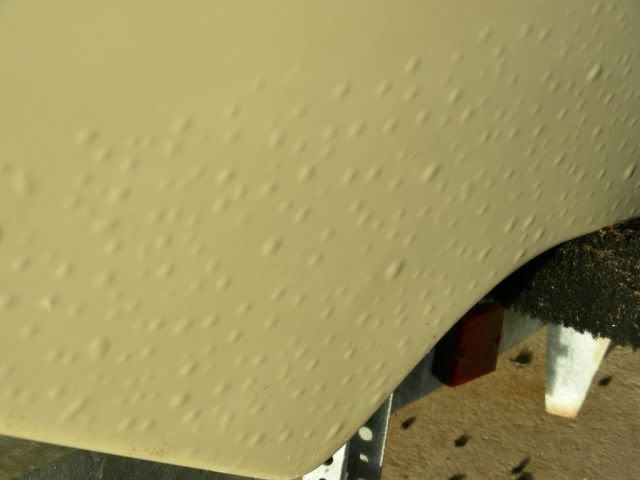89 resorter
Petty Officer 1st Class
- Joined
- Oct 3, 2013
- Messages
- 287
sphelps/Wood, thanks for the dremel ideas for the spider crack areas :rockon:. As far as the water pox, they are pretty concentrated in certain areas so I plan on sanding those areas down to good glass and then feather from there.
fibersport, welcome aboard! I love the layout of the Cardel and you are right that for being the same basic hull, there is a lot of structural difference. Is yours an IO or a V-drive? Good call on the foam. When you look at the safety, sound damping and structural support it offers, it vastly outweighs the risk of it getting wet. Especially considering if you make sure to take care of the boat once restored, it will last another 30+ years. I look forward to following your rebuild thread and rest assured that you have come to the right forum to help guide you. The folks on this forum have a lot of boat refurb experience and will guide you and root you on through the entire process.
fibersport, welcome aboard! I love the layout of the Cardel and you are right that for being the same basic hull, there is a lot of structural difference. Is yours an IO or a V-drive? Good call on the foam. When you look at the safety, sound damping and structural support it offers, it vastly outweighs the risk of it getting wet. Especially considering if you make sure to take care of the boat once restored, it will last another 30+ years. I look forward to following your rebuild thread and rest assured that you have come to the right forum to help guide you. The folks on this forum have a lot of boat refurb experience and will guide you and root you on through the entire process.























